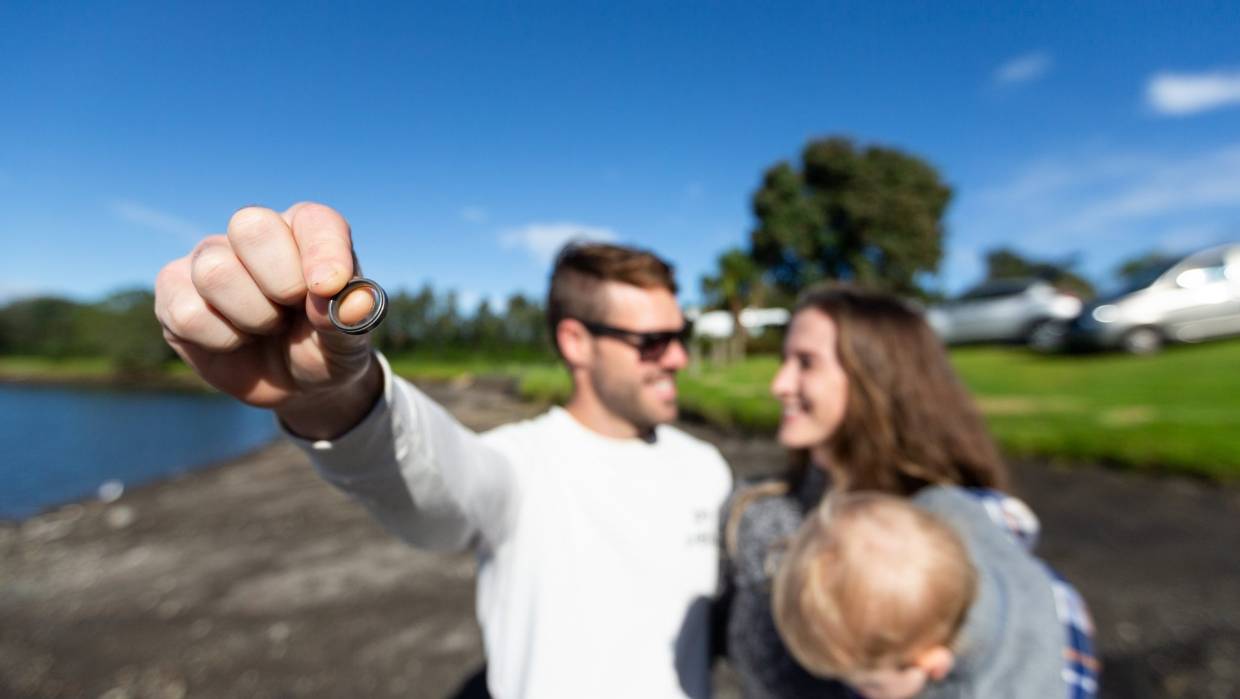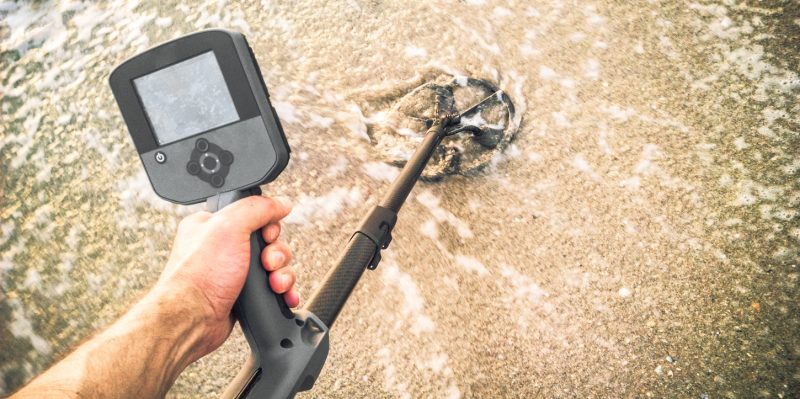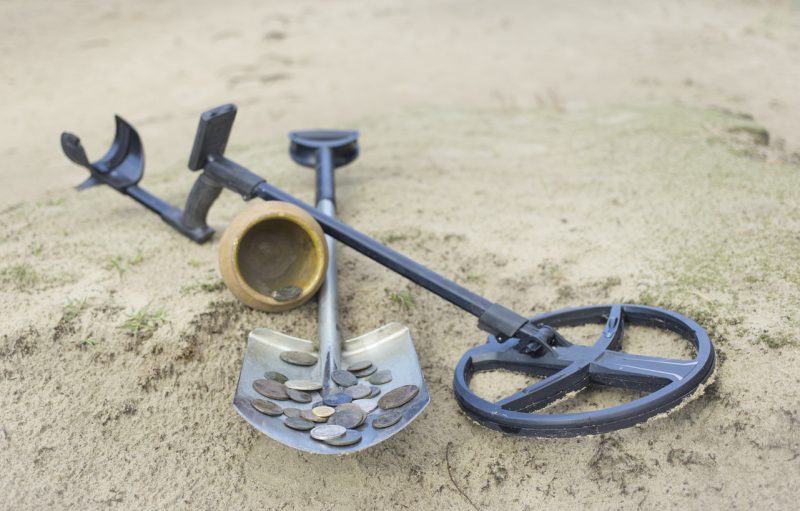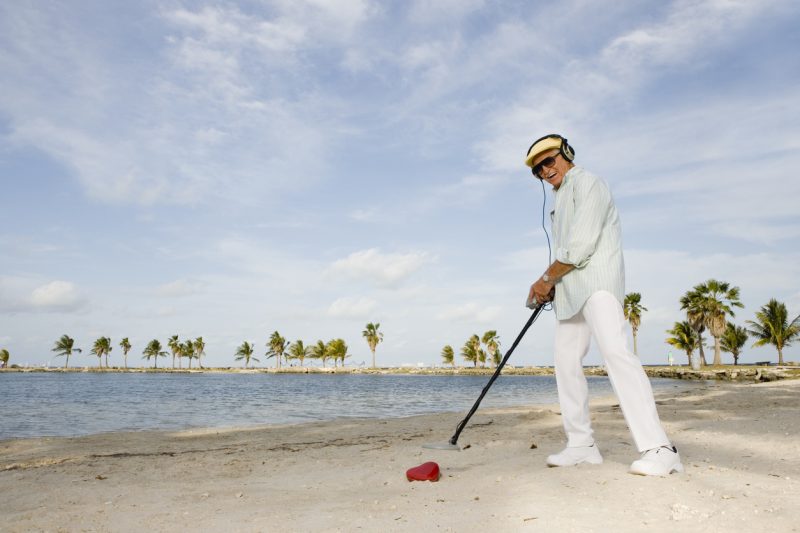Metal Detectorist Find Wedding Ring Lost in Lake More Than a Year Ago

Take a New Zealand lake measuring hundreds of square miles and containing millions of tons of water. Drop in one wedding ring measuring less than a square inch.
Wait eight months for activity by swimmers, fishermen, skiers, and so on to stir things up. Get a grandmother with a two-year-old metal detecting hobby and charge her to find the ring. How long do you think this scenario would take to play out?
Eight minutes.
Here’s the back story. Courtney and Stuart Belgrave were visiting Lake Rotomanu eight months after their wedding. The lake, popular with fishermen, swimmers, and water skiers and known for its dog-friendly environment, was the perfect place for Stuart and his dog to cool off after a workout around the shoreline.

The man-made lake, which in Maori means “lake of birds”, features a popular family-friendly beach and a large enough area to accommodate water skiers, jet skiers, and kayakers. It is also an excellent location for trout and perch fishing. The lake is fed by the Waiwhakaiho River and is popular with dog owners because of a large off-leash area.
After their run, while swimming, the dog knocked the wedding ring off Stuart’s finger, and it sank to the bottom of the lake. A frantic search did not turn up anything, and Stuart was faced with the unenviable task of telling his bride he had lost his ring.
Fast forward nine months. Because of a broken outlet pipe, the lake had to be partially drained to make necessary repairs. Hearing about this, the couple reached out to Stuff News to publicize their plight.
Within hours, they were getting offers of help, including one from Sue Billing, who took up metal detecting as a hobby a couple of years prior. Billing had heard about the lost ring through Facebook and called the Belgraves to offer to help.

Armed with her detector, Billings started walking the area where Stuart thought he had lost the ring. A mere eight minutes into the search, she got a signal from her detector, dug up the area, and found the ring buried in a little over an inch of dirt in the lake bed.

Metal detecting is a vastly popular pastime around the world. With an initial investment of $150 for a basic model to around $700 for a more advanced unit, hobbyists say you can pay for the equipment by selling what you find. The upper end equipment can run about $1500, which may seem like a lot, but not so much for an Englishman who found a buried Anglo-Saxon treasure in Staffordshire in 2009. Other such stories exist, but for most hobbyists, their finds will amount to coins, older metal objects like nails, and the occasional unusual artifact.
Hobbyists cite the benefits of being outside, walking in the fresh air, and the joy of exploring their own and nearby regions, including historic home sites, beaches, and national parks. And, however unlikely, they may find that special treasure hidden in the earth.

Metal detectors work by sending an electrical current through a transmitter coil at the bottom of the unit. This creates a magnetic field as the electricity flows through it. As the detector passes over another metal object, the magnetic field creates a current flow in that object, which flows back up the unit into a receiving circuit. Here, the detector will make a buzz or beep to indicate the find to the user.
While it may seem a one of a kind story, Google search results on “lost ring stories” yields dozens of results. A New Jersey hobbyist found an heirloom ring lost 25 years earlier by the owner.
Another Article From Us: Planting One Trillion Trees to Decrease Greenhouse Gas
A Michigan man found a wedding ring lost in stormy Lake Michigan waters. Other recent examples include a North Carolina honeymoon couple losing a ring on a Costa Rican beach, only to have it found by a beachcomber a month later.
For the Belgraves and Sue Billing, however, they only care about their own small miracle on the lake of birds.
